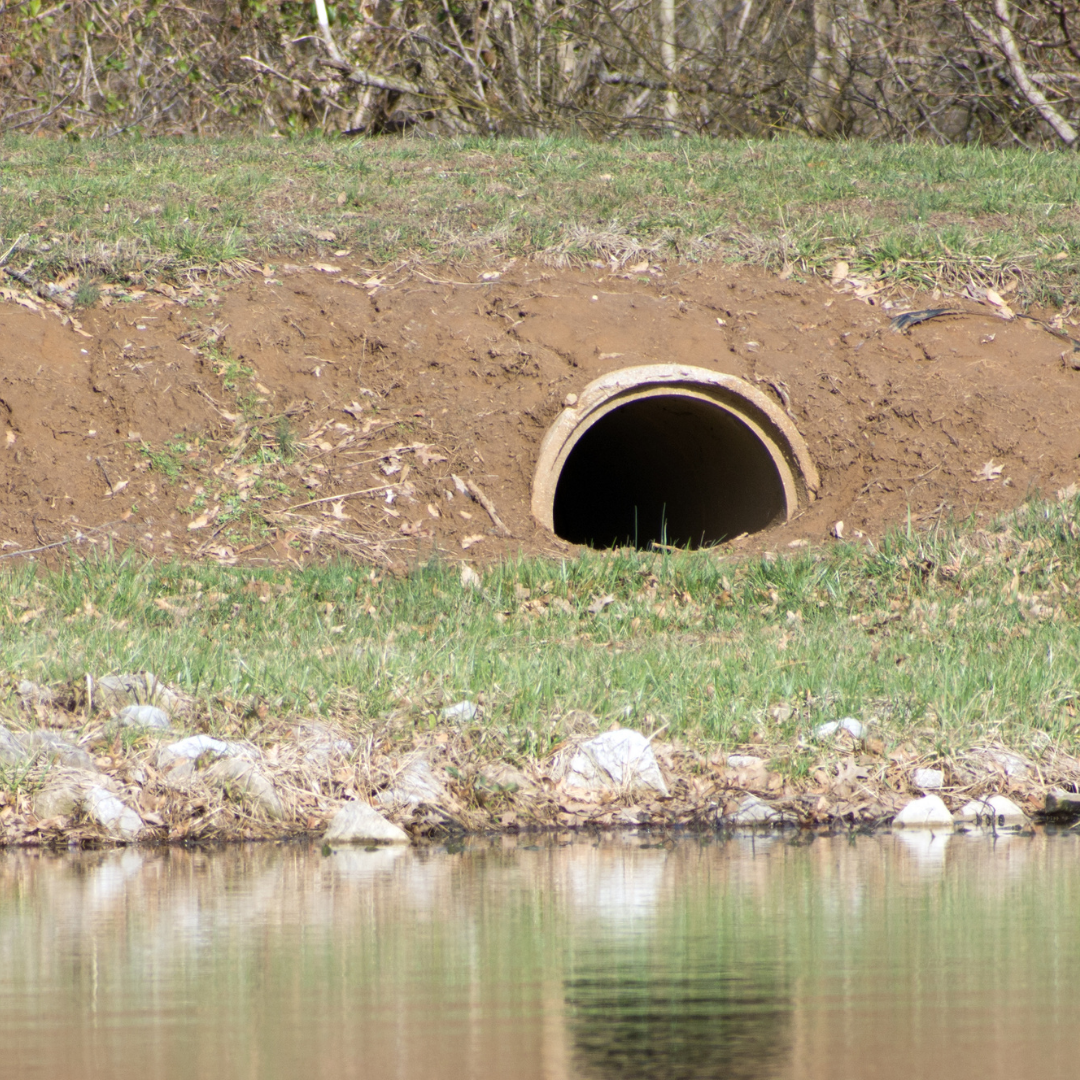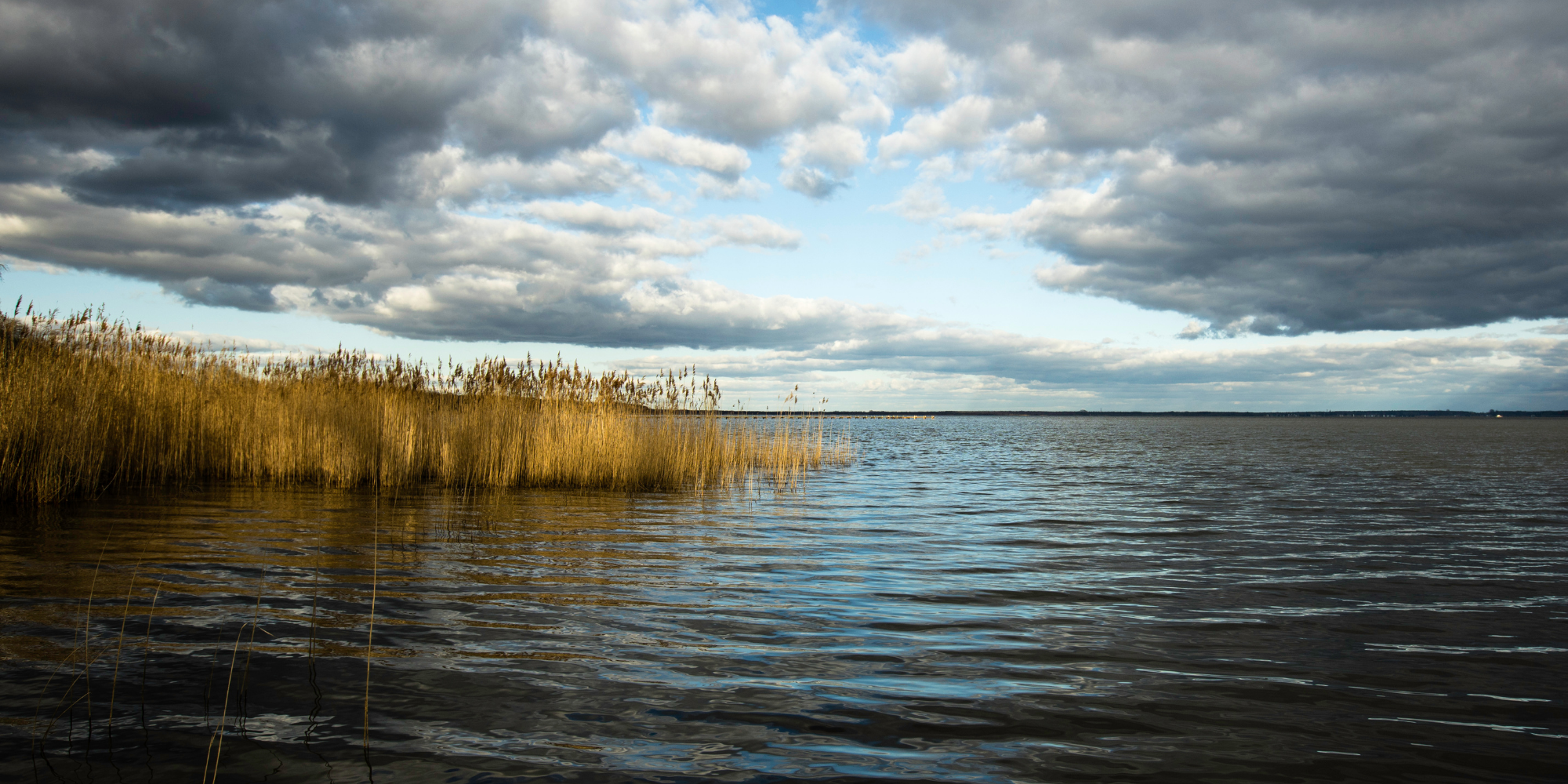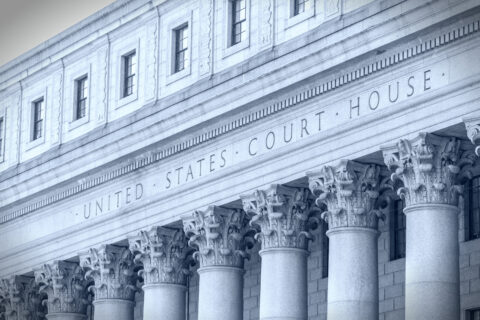In Louisiana v. American Rivers, the U.S. Supreme Court has prevented a California district court decision from going into effect that vacated (set aside) a rule implementing Section 401 of the Clean Water Act (CWA).
Per Section 401 a federal agency may not issue a permit to an applicant seeking to conduct any activity that may result in a discharge into the navigable waters unless a state or authorized tribe issues a water quality certification or waives the requirement.
The U.S. Environmental Protection Agency (EPA) promulgated a rule in 1971 implementing water quality certifications, a year before the Clean Water Act was amended. Until 2020, during the Trump administration, this rule was never updated.
The 2020 rule altered states’ water quality certification processes under Section 401 of the CWA by limiting states’ ability to veto infrastructure projects over water quality concerns and sets tight deadlines for them to do so. It also allows EPA to overrule a state’s permit denial if the agency decides the action was based on issues outside the scope of the state’s authority.

In commenting during the rule development process, NLC and other organizations expressed numerous concerns about the substantial effects the proposed rule would have on states’ authority and autonomy to manage and protect water resources and to implement Section 401 of the CWA. A vital component of the CWA’s system of cooperative federalism is the authority of states to certify and condition federal permits of discharges into waters of the United States under Section 401. This authority has helped ensure that activities associated with federally permitted discharges will not impair state water quality.
Once the rule went into effect, a number of states, tribes, and non-profit conservation groups sued. In June 2021, EPA stated it would promulgate a new certification rule as early as Spring 2023. A federal district court vacated the 2020 rule.
The district court applied the Allied-Signal test from a D.C. Circuit case to determine whether vacatur was appropriate even though the court wasn’t making a ruling on the merits of the case. Under this test vacatur depends on the “seriousness of the [rule’s] deficiencies” and the “disruptive consequences of an interim change that may itself be changed.”
According to the challengers “the most glaring deficiency in the current certification rule is a newly-inserted subsection defining the scope of certification, which . . . impinges upon the Clean Water Act’s principles of cooperative federalism.” The district court agreed this deficiency was serious noting “[t]he revised scope of certification that EPA promulgated takes an antithetical position to [U.S. Supreme Court precedent] without reasonably explaining the change.”
The district court likewise found it wouldn’t be substantially disruptive to vacate the 2020 rule as it had only been in effect for 13 months.
A number of different states and nonprofit organizations asked the Supreme Court to prevent the district court’s ruling from going into effect while they appealed to the Ninth Circuit. These states argued that the district court decision was “clearly wrong” because it vacated “nationwide a landmark rule adopted by the prior Administration, without even engaging with the [Administrative Procedures Act], and without bothering to discuss most of the Rule’s provisions.”
EPA and the states defending the federal district court decision argued that no irreparable harm will result if the 2020 rule is vacated while litigation continues.
The Supreme Court issued no opinion explaining why it agreed to freeze the district court decision. Justices Kagan, Chief Justice Roberts, and Justices Breyer and Sotomayor dissented.
Justice Kagan, writing for the dissent, noted that the Court rarely stays lower court decisions pending an appeal. “An applicant must show more than a likelihood of prevailing on the merits in the appellate court. It must also show an exceptional need for immediate relief.” According to the dissent the states and non-profits challenging the vacatur failed to show irreparable harm if the 2020 rules is vacated.
Justice Kagan wrote: “[T]he applicants have not identified a single project that a State has obstructed in the five months since the District Court’s decision. Still more, they have not cited a single project that the court’s ruling threatens, or is likely to threaten, in the time before the appellate process concludes.” “And the application fails to show that proper implementation of the reinstated regulatory regime—which existed for 50 years before the vacated rule came into effect—is incapable of countering whatever state overreach may (but may not) occur.”
With this Supreme Court decision, the 2020 Trump rule on implementing Section 401 of the CWA remains in effect.









